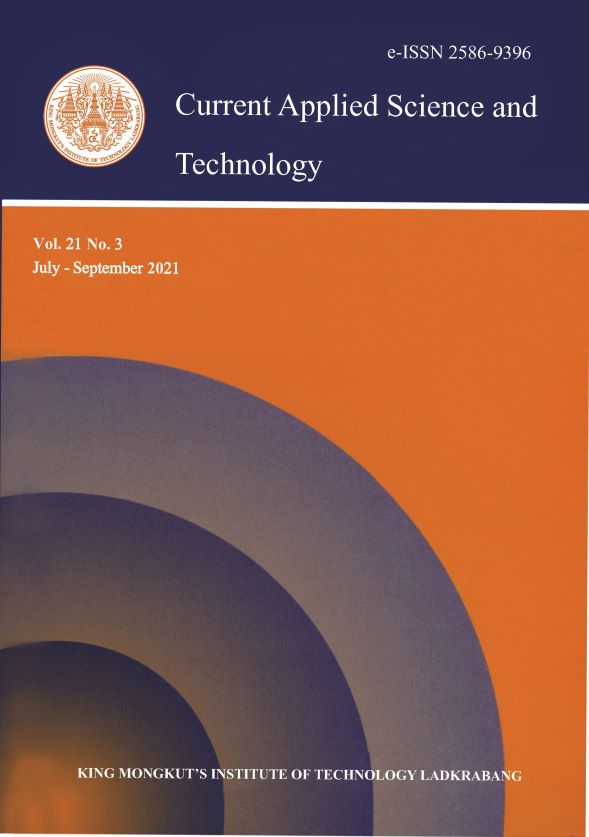Coastal plants produce more secondary metabolites than normal terrestrial plants and this means that they may possess many bioactive compounds that are worth studying. The study described antioxidant, in vitro tyrosinase inhibition activity and cytotoxicity of six coastal plants including Sonneratia alba, Rhizophora apiculata, Syzygium grande, Rhizophora mucronata, Hibiscus tiliaceus and Bruguiera gymnorhiza. Leaves of these coastal plants were sequentially extracted using dichloromethane (DE), ethyl acetate (EE), acetone (AE) and methanol (ME). Most AE and ME extracts exerted high free radical scavenging activity which ranged from 124 to 454 mg AA/g extract. However, R. apiculata, R. mucronata and H. tiliaceus showed stronger in vitro tyrosinase inhibition, in which H. tiliaceus DE exhibited the lowest IC50 value, followed by R. mucronata DE and R. apiculata ME. Tested with B16F1 murine melanoma cells, 9 out of 24 extracts studied for 24 h incubation and 4 out 24 extracts for 72 h incubation showed low cytotoxic. Tyrosinase inhibiting extracts with low cytotoxicity such as H. tiliaceus are potential additives in skin-whitening formulations and should be further studied for their melanogenesis inhibition.
Keywords: Malaysian coastal plants; antioxidant; anti-tyrosinase; cytotoxicity; B16F1 murine melanoma cell
*Corresponding author: Tel.: (+603) 9101 8880 Fax: (+603) 9102 3606
E-mail: wongcw@ucsiuniversity.edu.my
Lim, W. Y. undefined. ., Chan, E. W. C. undefined. ., Phan, C. W. undefined. ., & Wong*, C. W. undefined. . (2021). Tyrosinase Inhibiting Extracts from Coastal Plants as Potential Additives in Skin Whitening Formulations. CURRENT APPLIED SCIENCE AND TECHNOLOGY, 481-494.
